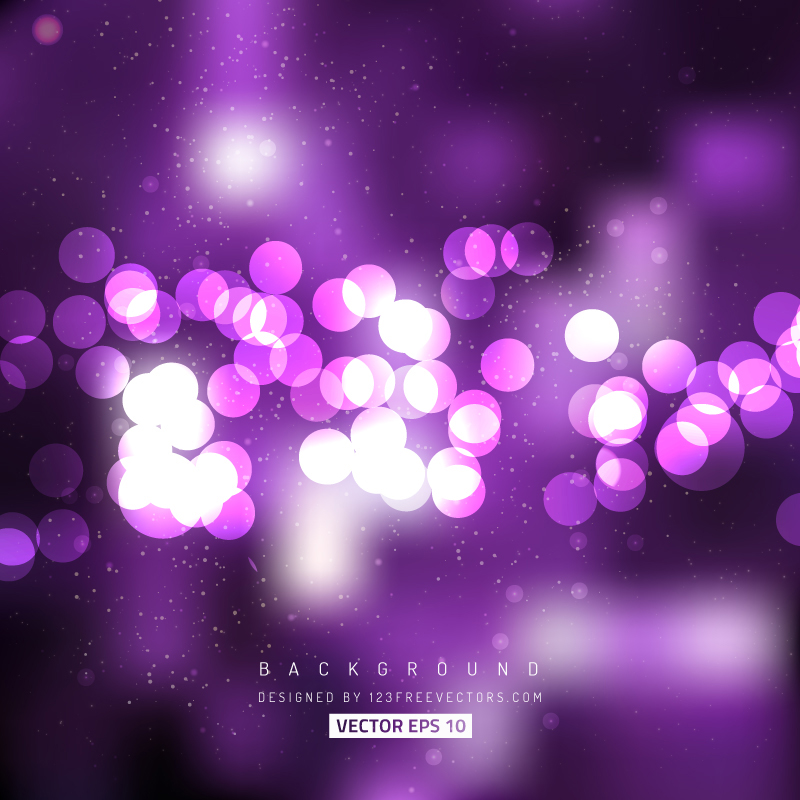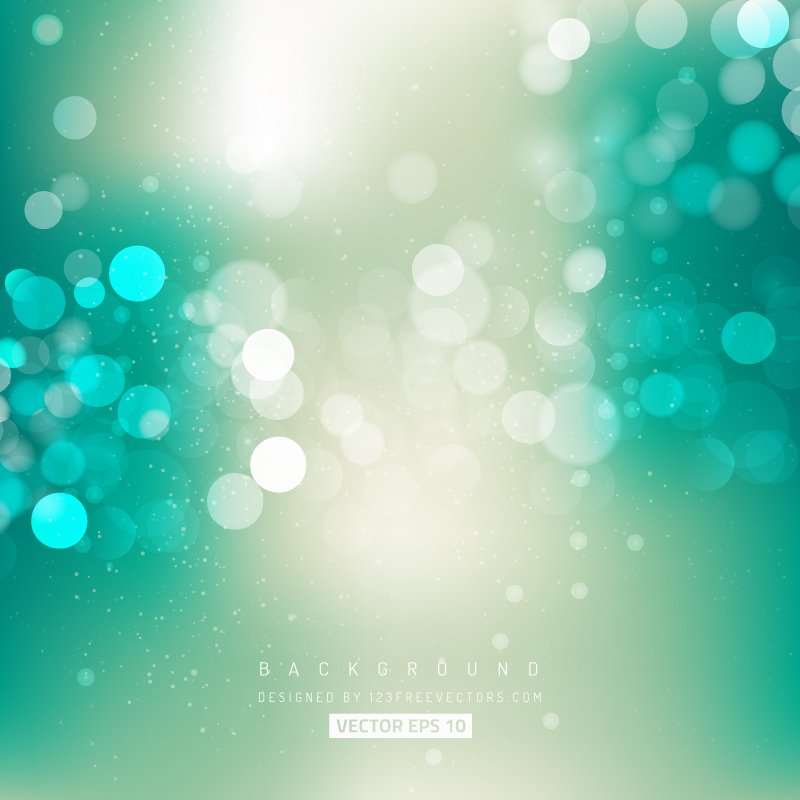


#Bokeh background professional
Bear in mind if the gaps get too big, you’ll get big patches of blown out light instead of beautiful big bokeh like in these two images below.Bokeh - take photos in a professional style The larger the gaps between the foliage where teh light peeks through, the large your circles of bokeh will be. This creates a beautiful halo effect around these siblings! In this example of bokeh we have backlight coming through the trees, and light bouncing around and reflecting off the foliage. Related: Blurry Backgrounds Even with a Kit LensĪny location with a natural background, where light has the ability to break through the spaces, can give some lovely bokeh to your photography, if it’s backlit. Secondly, the longer your focal length, the more it compresses your background. I’m talking at least 4 or 5 metres, but even better, experiment with distances and watch as the bokeh changes. The distance between your subject and the background andīut what is a good bokeh? The more distance, the better the bokeh, so just set your lens to the widest aperture possible, and allow for a background that’s some distance away.If this is you, don’t despair! The other thing that makes bad bokeh is: Some lenses, particularly kit lenses, don’t allow you to shoot at their widest aperture once you’re zoomed all the way in.
#Bokeh background how to
How To Take Bokeh Photos with Your Kit Lens
#Bokeh background manual
To control your aperture, you’ll need to be either in manual mode, or set your camera to aperture priority mode. For best results, you’ll want to use the longest focal length your lens allows.Make sure to set your camera on the maximum aperture, as wide open as your lens allows, which is the smaller f stop numbers, eg.Your widest aperture lens (kit lens is fine!).A camera you can use in manual mode and.But since a little knowledge is needed to help make the most of it, keep reading, because as you’ll discover, blur bokeh is quite easy to do! What You Need To Shoot Bokeh Photography Gear So if you were wondering how to take bokeh photos, this is where and how you’ll find it. Shutter speed (or ISO) has no direct influence on depth of field which is primarily affected by aperture, focal length and distance from the subject. The effect of bokeh in photography is also created when the light source is situated behind your background, and filtering through small gaps, such as through the spaces between a tree’s leaves as the sun sets behind it. Your background will need to have a little texture, for example light reflecting off foliage in a garden (just like in the image below where light is hitting the ferns). Sometimes artificial light sources can create a pleasing bokeh effect too… think Christmas lights blurred in the background, or the lights of a city skyline.Īs points of light reflect differently off flat surfaces, you’re not likely to see the effect we’re talking about off a solid wall for example. In photography, bokeh is created when light reflects off, or through a textured surface. For those passionate about photography, knowing how to take beautiful bokeh photos is one of the most fun aspects of learning this art. Making photos more pleasing to the eye, bokeh effects can be so pretty sometimes that not only do they make gorgeous backdrops for portraits, but can also be subjects in their own right!Īnd if you are wondering why is it called bokeh, the term bokeh comes from the Japanese word boke, which means “blur” or “haze”, or boke-aji, the “blur quality. What is bokeh photography ? Bokeh is the aesthetic quality of the blur produced in the out-of-focus parts of an image, and is made out of little circles of colour and light.


 0 kommentar(er)
0 kommentar(er)
